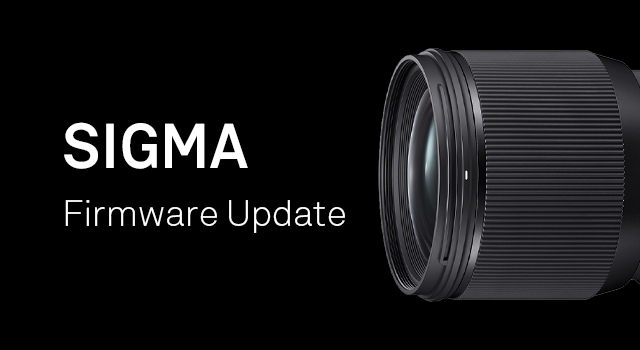SIGMA 30mm F1.4 DC HSM | Art

• Objectif à grande ouverture rapide, idéal en cas de faible luminosité
• Compatibilité avec la station d'accueil USB Dock
• Pare-soleil, étui de transport, capuchons avant et arrière inclus
| Ligne | Art | |
|---|---|---|
| Youtube Videos | ||
| Instagram Widget | ||
| Klevu Image | /a/0/a013_30_14_basic_01.png | |
| Formule optique | 9 Elements in 8 Groups | |
| Lens Type | Standard | |
| Sensor Size | APS-C | |
| Angle de vue | 50.7º | |
| Diaphragme | 9 (Rounded Diaphragm) | |
| Ouverture minimale | F16 | |
| Distance minimale de mise au point | 30 cm | |
| Rapport de reproduction maximal | 1:6.8 | |
| Dimensions (diameter x length) | ||
| Poids (gramme) | 435 g | |
| Diamètre de filtre | 62mm | |
| Edition number | A013 | |
| Accessoires | Lens hood LH686-01 supplied. | |
| EAN | Pentax K 085126301613 |
|
Lens Construction
MTF Chart
High-precision, rugged brass bayonet mount
The brass mount combines high precision with rugged construction. Its treated surfaces and enhanced strength contribute to the exceptional durability of the lens.
HSM (Hyper Sonic Motor)
The Hyper Sonic Motor (HSM) is an original Sigma development that uses ultrasonic waves to drive the autofocus mechanism. Its extremely quiet operation helps avoid disturbing photographic subjects. High torque and speed assure rapid autofocus response. Sigma uses two types of HSM: ring HSM and micro HSM. The Ring HSM configuration permits manual fine tuning of focus (manual override) by turning the focusing ring after autofocus is complete.
Rounded diaphragm
The polygonal shape of a conventional iris dia phragm causes out-of-focus light points to appear polygonal. A rounded diaphragm is designed to pro duce rounded out-of-focus light points when opened to near maximum aperture. This creates attractive bokeh effects in many situations, such as when pho tographing a subject against an out-of-focus surface of water from which light is being reflected.
Exclusive low-dispersion glass
The degree to which light is refracted by glass depends on the light's wavelength. This fact causes different colors of light to focus at slightly different points. The result is chromatic aberration, the color fringing that is particularly noticeable in telephoto lenses. Most chromatic aberration can be removed by combining a high-refractivity convex lens element with a low-refractivity concave element. Yet residual chromatic aberration known as "secondary spectrum" may still remain. To minimize this secondary spectrum, which can be a serious issue with conventional lenses, Sigma lenses feature up to three types of exclusive low-dispersion glass offering superior performance: ELD (Extraordinary Low Dispersion), SLD (Special Low Dispersion) and FLD ("F" Low Dispersion). In particular, FLD glass offers ultra-low dispersion in combination with high transmittance and the anomalous dispersion characteristics of fluorite. Meticulous deployment of these types of exclusive low-dispersion glass and optimization of power distribution gives Sigma lenses superlative image rendition undiminished by residual chromatic aberration.
